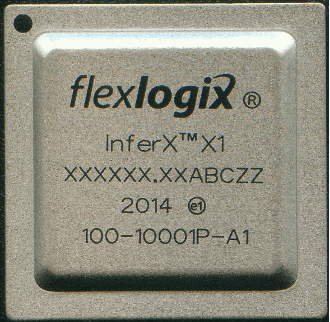Outdoor cooking industry leader and famed Kettle grill-maker Weber has acquired June, the smart cooking startup founded in 2013 by Matt Van Horn and Nikhil Bhogal. While financial terms of the deal weren’t disclosed, Weber has confirmed that June will continue to operate as its own branded wholly owned by Weber-Stephen Products, and will continue to both sell and develop the June Oven and related products. Meanwhile, June co-founder Nikhil Bhogal will take on a role as SVP of Technology and Connected Devices across the Weber lineup.
Weber had already teamed up with June, with the startup providing the technology and expertise behind its Weber Connect smart grilling platform. That includes both the Weber Connect Smart Grilling Hub, which adds connected smart grill features to any grill, and the built-in smart cooking features on its SmokeFire line of wood pellet grills. That partnership began with a cold email Van Horn received in 2018 from then-Weber CEO and current Executive Chairman Jim Stephen, the son of the company’s original founder.
“He said he was a fan, he was a customer, and he couldn’t imagine a future without June technology powering every product in the Weber collection,” Van Horn told me in an interview. “I said, ‘Slow down –what are you talking about? Yeah, who are you?’ And he said ‘I’m flying out, I’ll be there Monday.'” I normally have my nice demo setup that I do, I’ll do like chocolate lava cake and a steak [in the June Oven]. So I got there about 15 minutes early to do that, and [Jim] was already sitting in the front steps of the office, ready to open the door for me – he’s like, ‘I don’t need a demo, I own this.'”
“His energy and, and ability to see things often before other people, it blew my mind,” Van Horn continued. “Soon after I met Chris [Scherzinger, Weber’s current chief executive], who was was joining as CEO, and was able to experience firsthand this, honestly very surprising and wonderful culture of this historic Weber brand.”
As mentioned, June became a partner to Weber and powered the connected cooking platform it debuted at CES last year. Weber also led June’s Series C funding round, a previously undisclosed final round of financing that Weber led in 2018 prior to this exit.
Van Horn will act as President of June under the terms of the new arrangement, and will continue to lead development of its current and future products. He said that Weber’s ability to help them with international scale and distribution, via their existing global footprint, was a big motivating factor in why June chose to join the now 63-year old company. But another key ingredient was just how much Weber proved to be a place where the company’s culture was still centered on customer focus and a love of food.
“Obviously why Nikhil and I started June was that we love food, and we love cooking,” Van Horn said. “And a lot of the principles of how we think about how products get made are a lot of Apple’s principles – a large percentage of the June team comes from Apple. We’ve obviously kind of brought that to a microscale with our small 60 person startup. But being able to work with this very eager Weber team, that’s just been really excited from the start has been pretty incredible.”
As for Weber, the company gains a software and technology team that was born out of the idea of approaching cooking from a tech-first perspective – and they intend to infuse that expertise throughout their product lineup, with an eye towards building on their legacy of quality and customer enthusiasm.
“Once you infuse the the software engineering, and the connected product design, and the machine intelligence expertise that you have, you get these core competencies or capabilities, but that really undersells it,” Scherzinger told me. “Matt put together a team of superstars, and and we just got a first-round draft pick [in June] that takes the Weber game to another level. That allows us to accelerate a significant number of initiatives, and you can, you can expect to see an expansion of what Weber Connect can become in terms of new experiences for consumers, new services, and new products, for sure, starting as early as 2021, and 2022.”
While Weber and June are not sharing specifics around the deal, as mentioned, Scherzinger did mentions that “Matt and his team and his investors all did handsomely.” June’s prior investors include Amazon Alexa Fund, Lerer Hippeau, First Round Capital, Promus Ventures, Industry Ventures, Eclipse Ventures and more.

